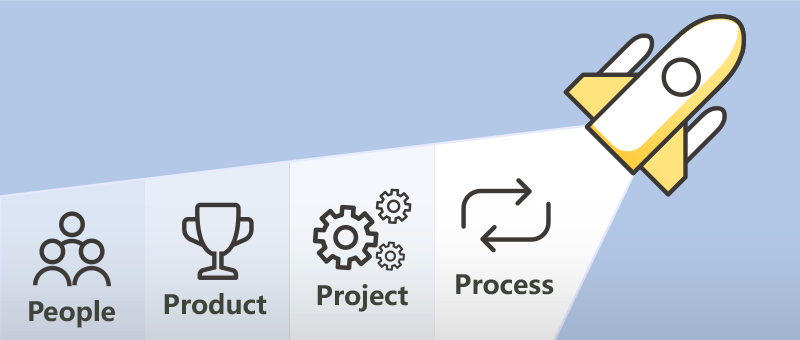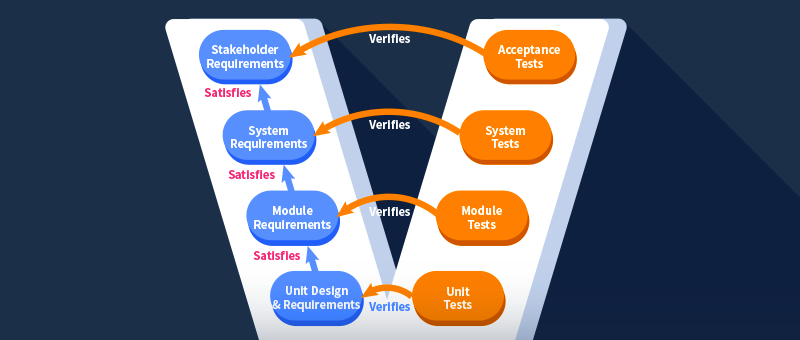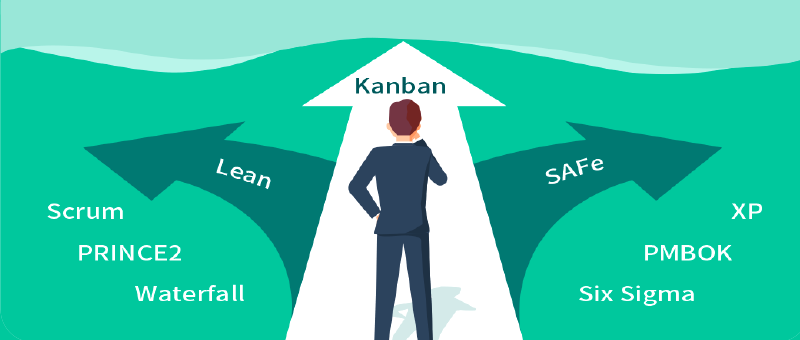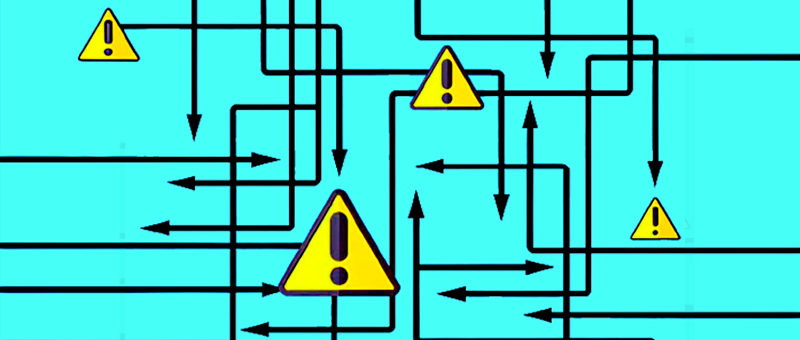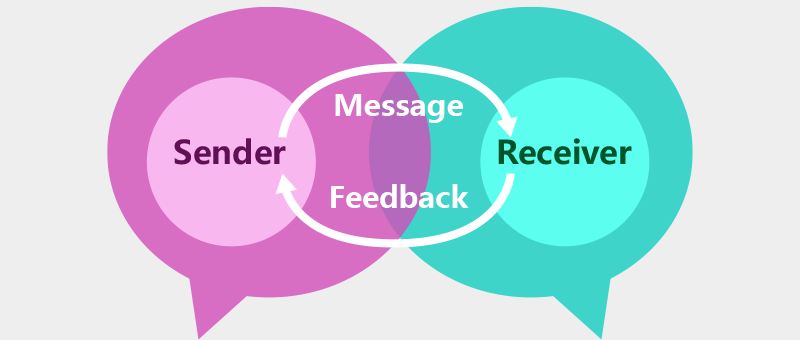
-
Multi Subproject
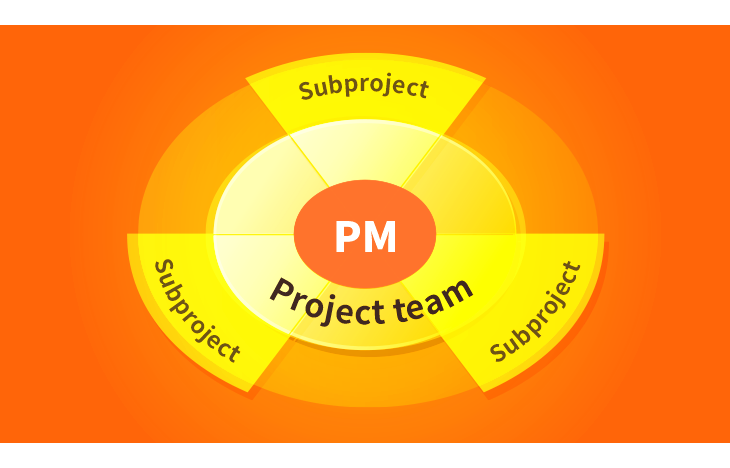
A project can get out of hand quickly. Before you know it, a simple building project becomes a collage of smaller projects. You can have more control over your project by creating smaller projects in it. A subproject is part of a larger project. Dividing the work into multiple subprojects is a basic project management technique that can reduce complexity and overhead and increase speed, but this approach also has its risks and costs.
You can determine whether you should break up a large project into a master project and subprojects by considering the following:
- Your project is very large and detailed
- Your organization is not centralized
- You want to increase the effectiveness of your organization's planning and execution methods
- You work on multiple projects
- Some projects are subordinate to others
- Several people can modify your project
- Your project has multiple stakeholders who care about different parts of the project
- You want your subprojects to be read-only
- You want to analyze the critical path for each phase in addition to the overall project
8Manage PPM supports the following types of subprojects:
Phase Subprojects
Dividing work into phases that each results in shippable product features and functions. Phase subprojects are often run without much overlap.
Pilot Subprojects
Testing an approach with a prototype or experiment run as a pilot subproject can reduce the risk of a bigger project investment. But the pilot subproject is being considered as part of the total project investment.
Organizational Partitions
Some companies tend to divide their large projects by organizational partitions, and get people to take more ownership and provide more support. For example, financial service institutes often divide their capital market projects into the front office, the middle office and the back office.
Component Subprojects
A component subproject has the benefit of simplicity if it doesn’t have many dependencies on other component subprojects.
Common Subprojects
A common subproject (e.g., common database development) needs to service more than one master, meaning the common subproject is needed by more than one project.
Supporting Projects
Subprojects that are for supporting system launch such as infrastructure preparation, data migration, operations readiness, training and parallel run.
8Manage PPM allows you the following different ways of managing multiple subprojects:
Multiple Subprojects Sharing the Same Project Budget
8Manage PPM allows you to have multiple subprojects that are all sharing the same budget with their parent project. In that case, the subprojects are top-level activities and their schedules and costs are linked to the project’s schedule and cost. But the top-level activity managers have their rights to break down their work and assign responsible persons to the sub-level activities.
Multiple Subprojects and Each Has Its Own Budget
8Manage PPM allows you to have multiple subprojects that each has its own budget. In that case, the subprojects are subprojects of their parent project and their schedules are linked to their parent project’s schedule but their costs are not linked to their parent project’s cost. The subproject managers have their rights to break down the work in their subproject and assign responsible persons to the sub-level activities.
Multiple Subprojects and Each Has Its Own Budget and Its Independent Schedule
8Manage PPM allows you to have multiple subprojects that each has its own budget and schedule that are totally independent of its parent project. In that case, the parent project and its multiple subprojects are independent projects under the same PMO or Virtual PMO. The subproject managers have their rights to break down the work in their subproject and assign responsible persons to the sub-level activities. The deliverables of the main project can set dependencies on the deliverables of the subprojects, but their schedules are in large independent of each other. The total budget of the parent project and the subprojects can be controlled by PMO (if PMO is used) or can be observed by Virtual PMO (if Virtual PMO is used).
8Manage PPM allows you to operate your master project and subprojects in the following ways.
Work with Subprojects in a Master Project
When you insert a subproject into a master project in 8Manage PPM,the subproject is represented as a summary activity among other activities and a project icon indicator appears in the Indicators field. Because the subproject is represented as a summary activity, you can't edit its summary information, but you can click on it to view its details.
Resources Are Not Affected When You Link or Unlink a Master Project and a Subproject
When you link or unlink a master project and a subproject in 8Manage PPM, resources allocated to them are not affected. Resource dependencies should not tie to project and subproject relationships. For example, a resource is allocated to both project A and project B. A resource conflict occurs regardless of whether or not project B is project A’s subproject.
Consolidate Multiple Projects Without Creating Master-and-sub Projects
Master projects and subprojects let you create a hierarchy of projects that reflect the relationship between them and, in some cases, the structure of your project organization. But you may have other reasons to consolidate projects. For example, you may want to combine them temporarily for a quick review. In that case, you can use Virtual PMO in 8Manage PPM to quickly combine them to do so.


